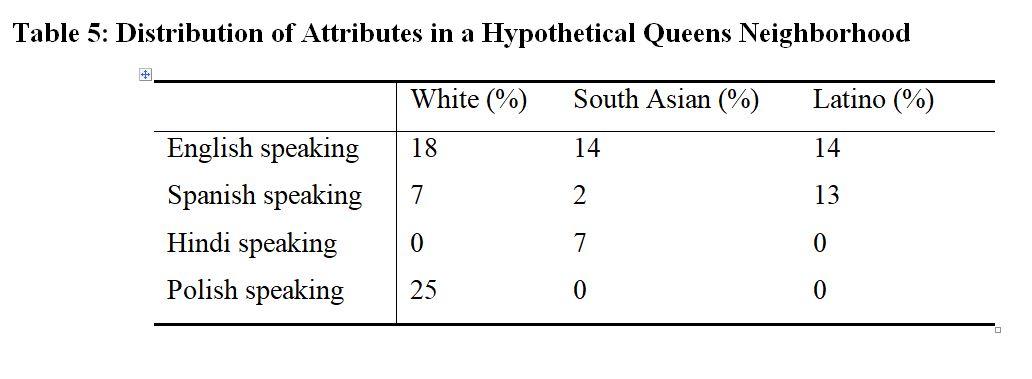Which two characteristics distinguish a public good from a private good?
A.
Nonexcludability and nonrivalness
B.
Nonexcludability and public efficiency
C.
Nonrivalness and private markets
D.
Public efficiency and private markets
E.
None of the above
A.
You might also like to view...
The __________ was characterized by the brutal dictatorship of Hitler, war, and genocide
a. Second Reich b. Third Reich c. Weimar Republic d. German Democratic Republic
Which statement best describes the quasi-judicial decisions made by government agencies?
a. These decisions do not have the force of law. b. These decisions can be appealed to federal courts. c. These decisions are final and cannot be appealed. d. These decisions can be overturned by Congress.
Which of the following is represented by an elected nonvoting delegate to the U.S. House of Representatives?
A. California B. Texas C. Washington, D.C. D. Utah
Let’s assume that experience from recent elections in this New York community have led political analysts to expect that in order to win political office, a candidate needs to win at least 48% of the vote. Let’s also assume that political entrepreneurs will try to mobilize voters along either racial or linguistic lines. If this is the case, what identity category or categories COULD be activated or politicized to win the election? In other words, what identity category or categories (racial or linguistic) form minimal winning coalitions?

A. Latino
B. English speaking
C. White
D. English speaking or South Asian
E. White or Polish speaking